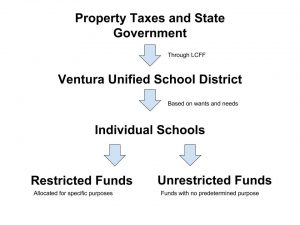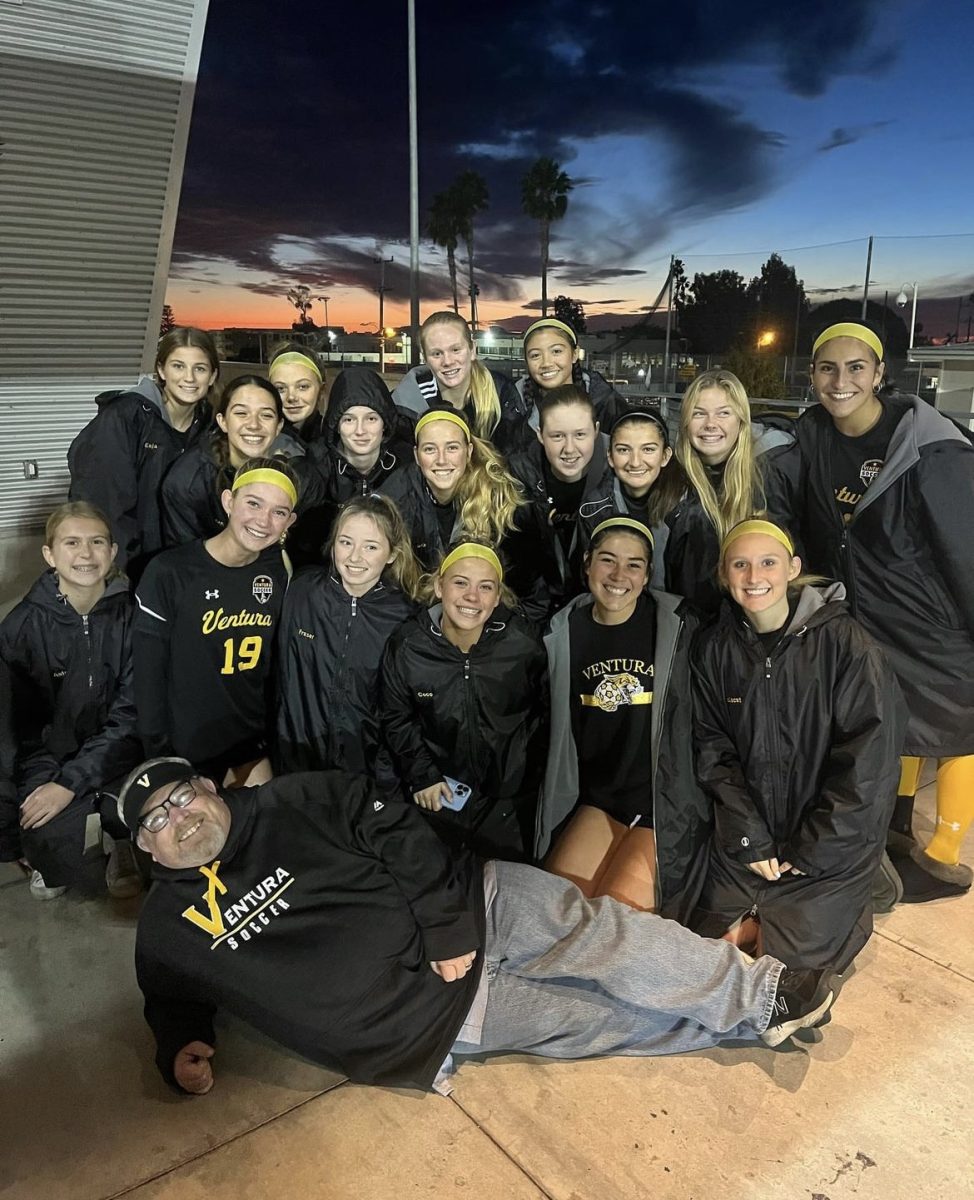VHS is funded from a broad spectrum of sources locally and in the state government. However, the largest sum the school receives is through the Local Control Funding Formula, or LCFF.
This formula determines how much money each school district gets from the state government based on a variety of factors, with the largest of those being Average Daily Attendance, or the ADA.
The money given to the district can then be further separated into two different categories: restricted, and unrestricted.
Restricted funding is money that the district must allocate for specific purposes. For example, Title One funds are required to go towards projects intended to better the academic performance of students on the lower end of the socioeconomic spectrum.
The other type of funding — unrestricted funding — are funds which the district may allocate based on need or desire. These are funds without a predetermined purpose.
The money given to the district through the LCFF originates from two sources: property taxes and the state government.
The formula determines a minimum amount which the district shall receive.
If the district does not receive enough funding through property taxes to meet the minimum, then the state government will provide the remainder.
However, if the district receives more than enough funding through property taxes then they are not required to give the excess to the state government.
Ventura Unified School District does not meet the state minimum for funding without state assistance.
Once the funding is placed in the budget of the district, it must be further divided amongst every school under its jurisdiction. But even before this, salaries must be accounted for: “80-85% of our costs are salary related,” said George.

Once salaries and restricted funds are accounted for, the remaining unrestricted funds may then be allocated towards funding the wants and needs of the schools and district — be it maintenance or a new curriculum.
An example of this allocation of funds would be the decision to move towards a digital curriculum in english courses, which require Chromebooks.
When an issue is encountered at a school site which requires funding to remedy, the school must voice their needs to the district. The district will then investigate whether the need is actually a necessity and not just a desire.
An example of one of these needs would be a school forced to operate without air conditioning for a period of time.
This vetting process may include the superintendent, or their deputy. Or it may not involve the superintendent’s office at all, for example, if it were a maintenance issue.
However, when multiple schools have valid needs this methodology is complicated. George said, “if it is a true need it gets put into the priority list and then it is just determined, the things with the highest priority based on the amount of funding, and sometimes things that may seem really important, if there isn’t enough funding … we aren’t able to move forward with them.”
While the district does control how much money is allocated to its schools, they do not completely control what the school does with the money: “from the base funding we do an allocation to all schools, so they have kind of an autonomous budget that they are in control of so, for instance, Mr Cohen … depending on how much he had in his budget and there was certain needs that he felt that he could make those decisions on his own ‘I want to use these funds for this, rather than that.’”
In the end, all funds not already earmarked for a purpose specified by either the state, district, or a private donor are under the influence of Mr. Cohen.







